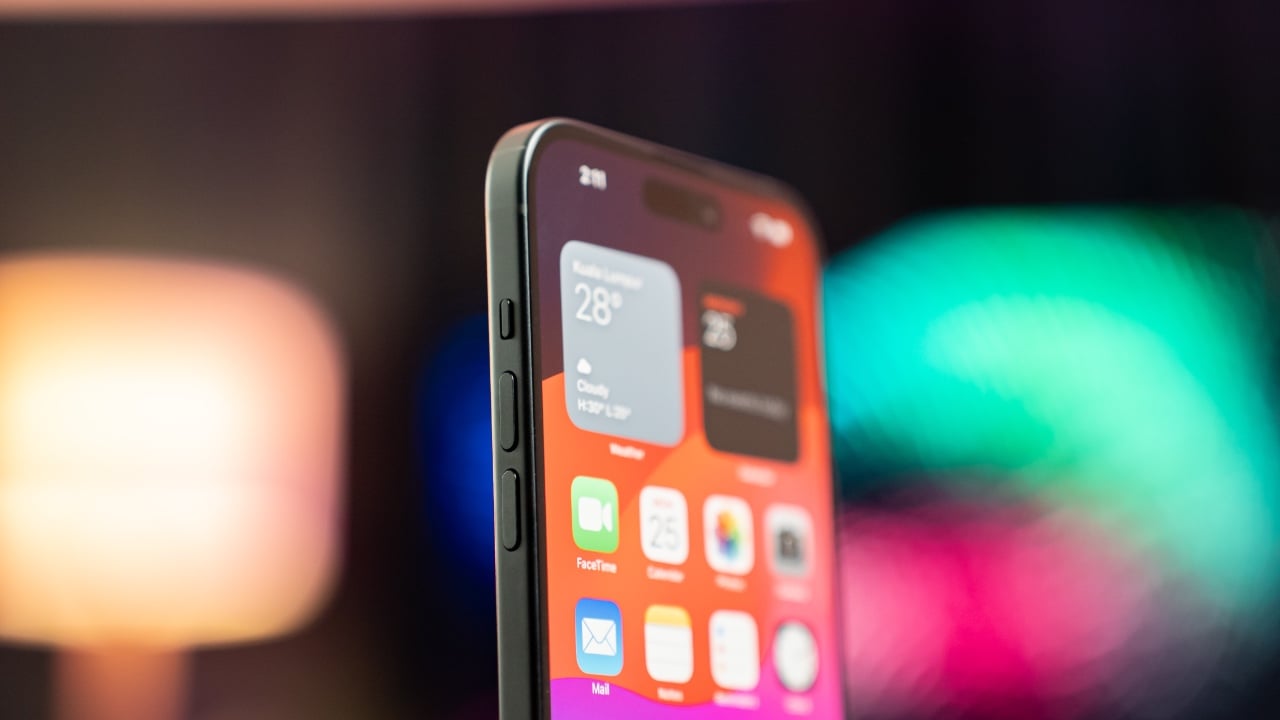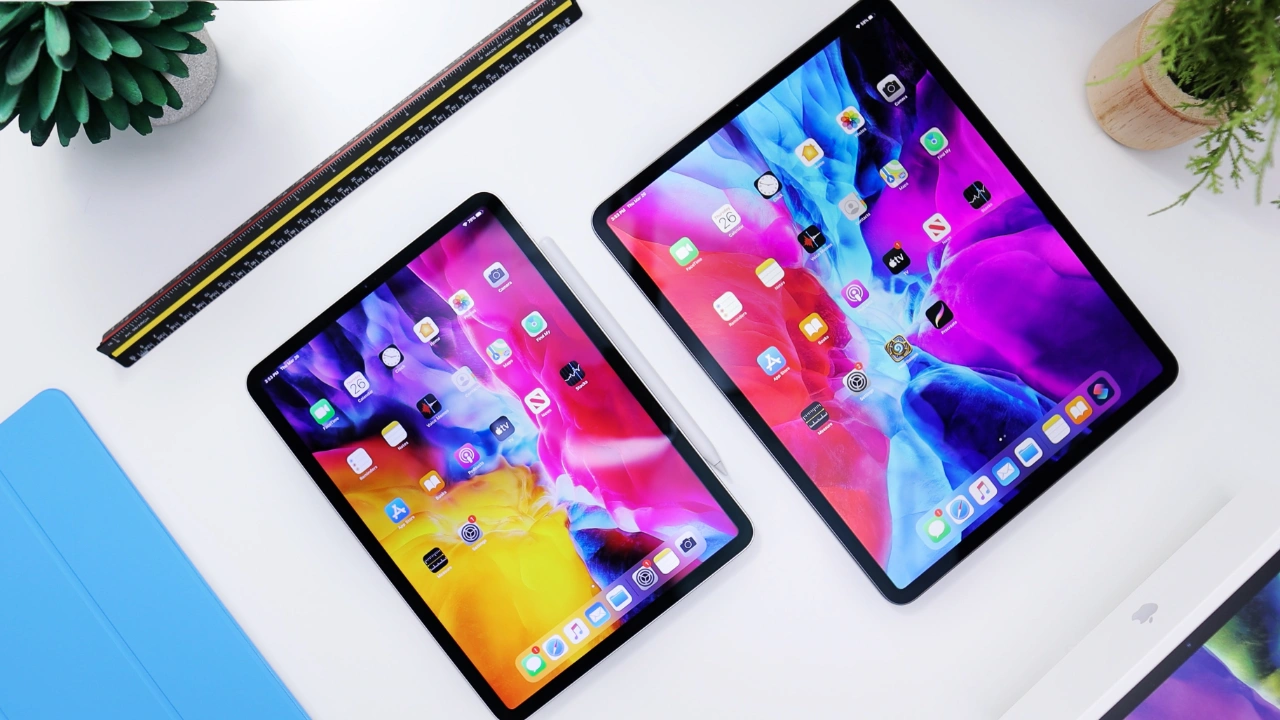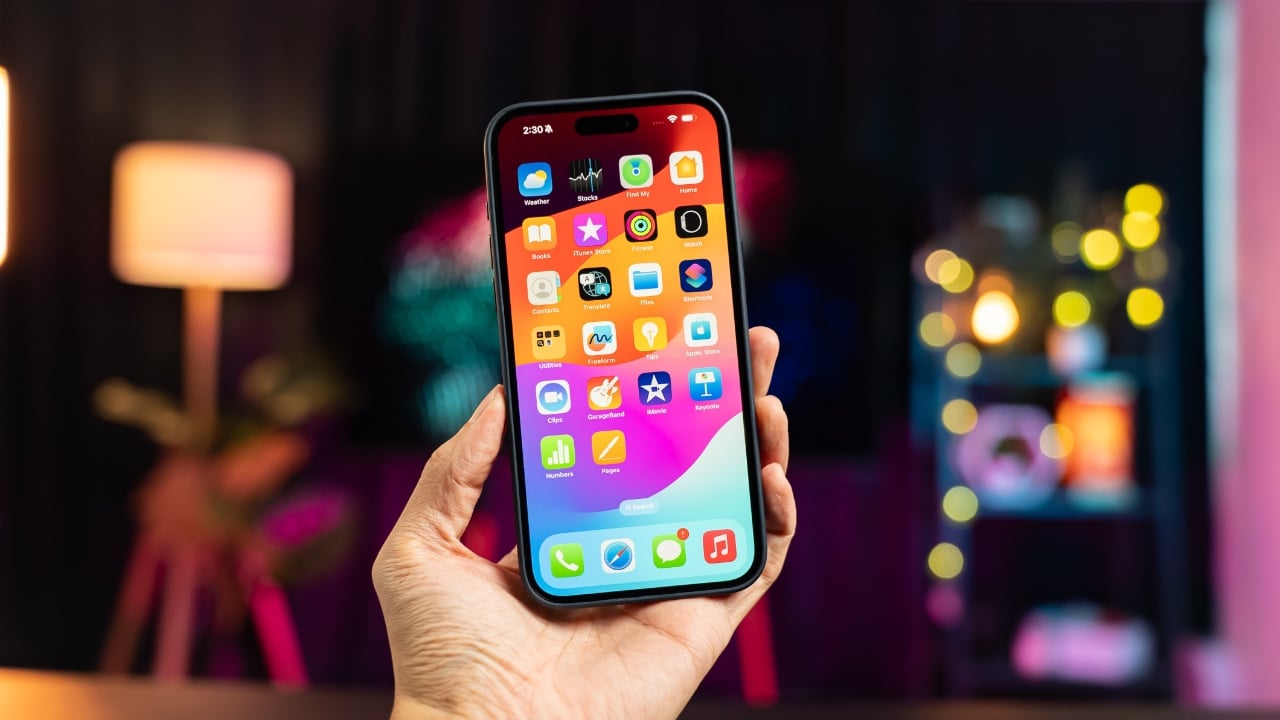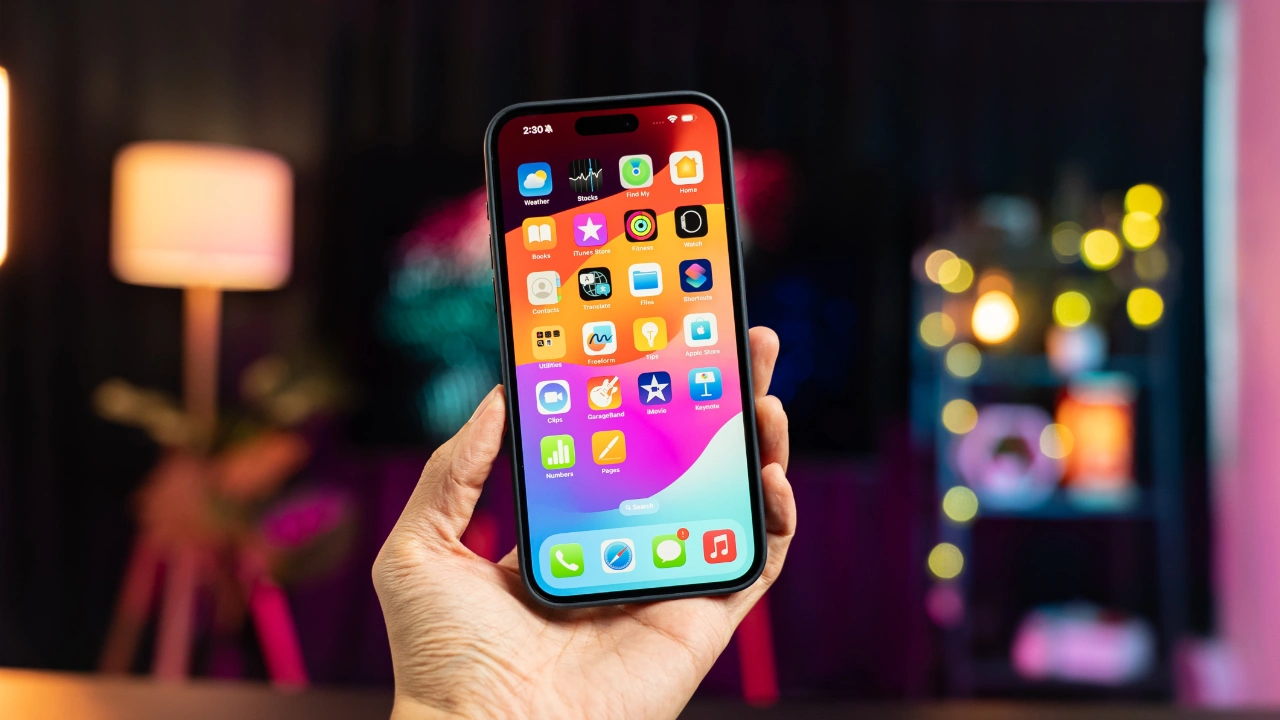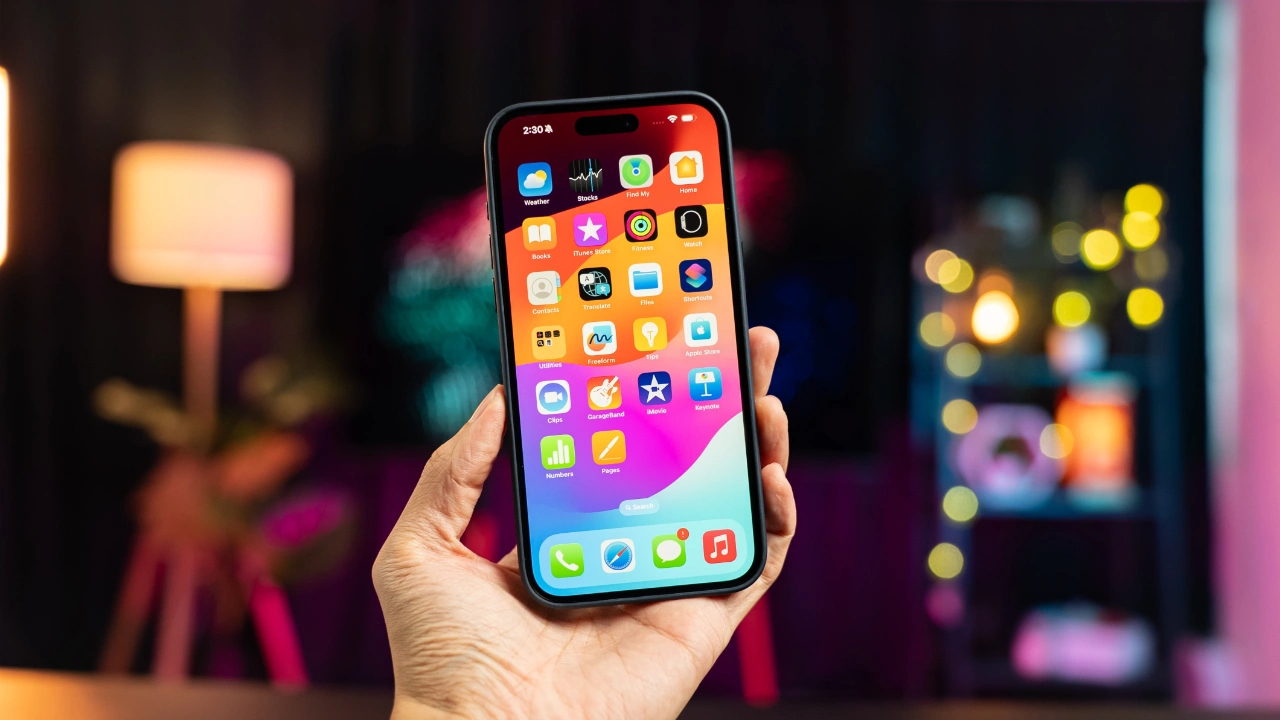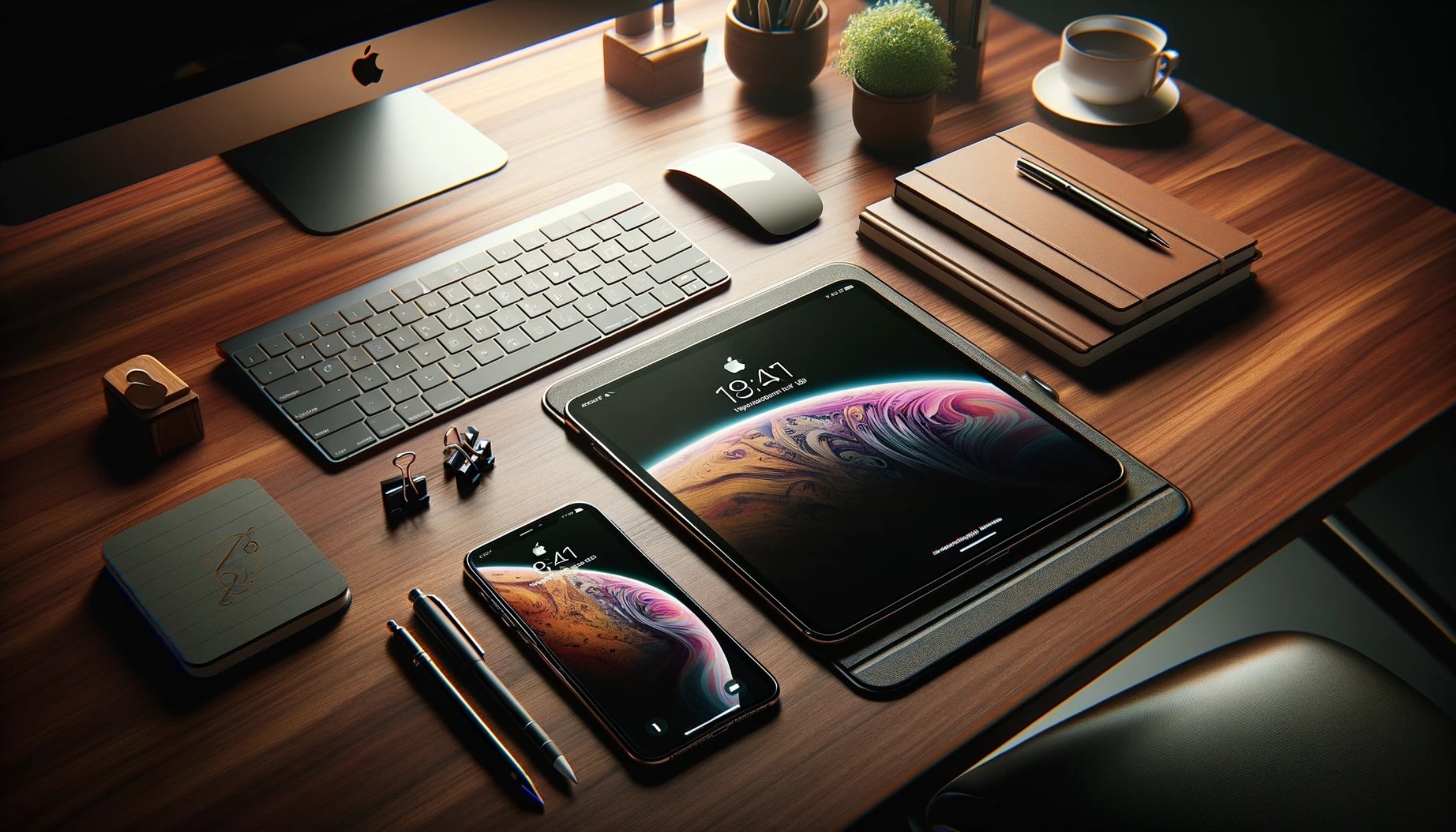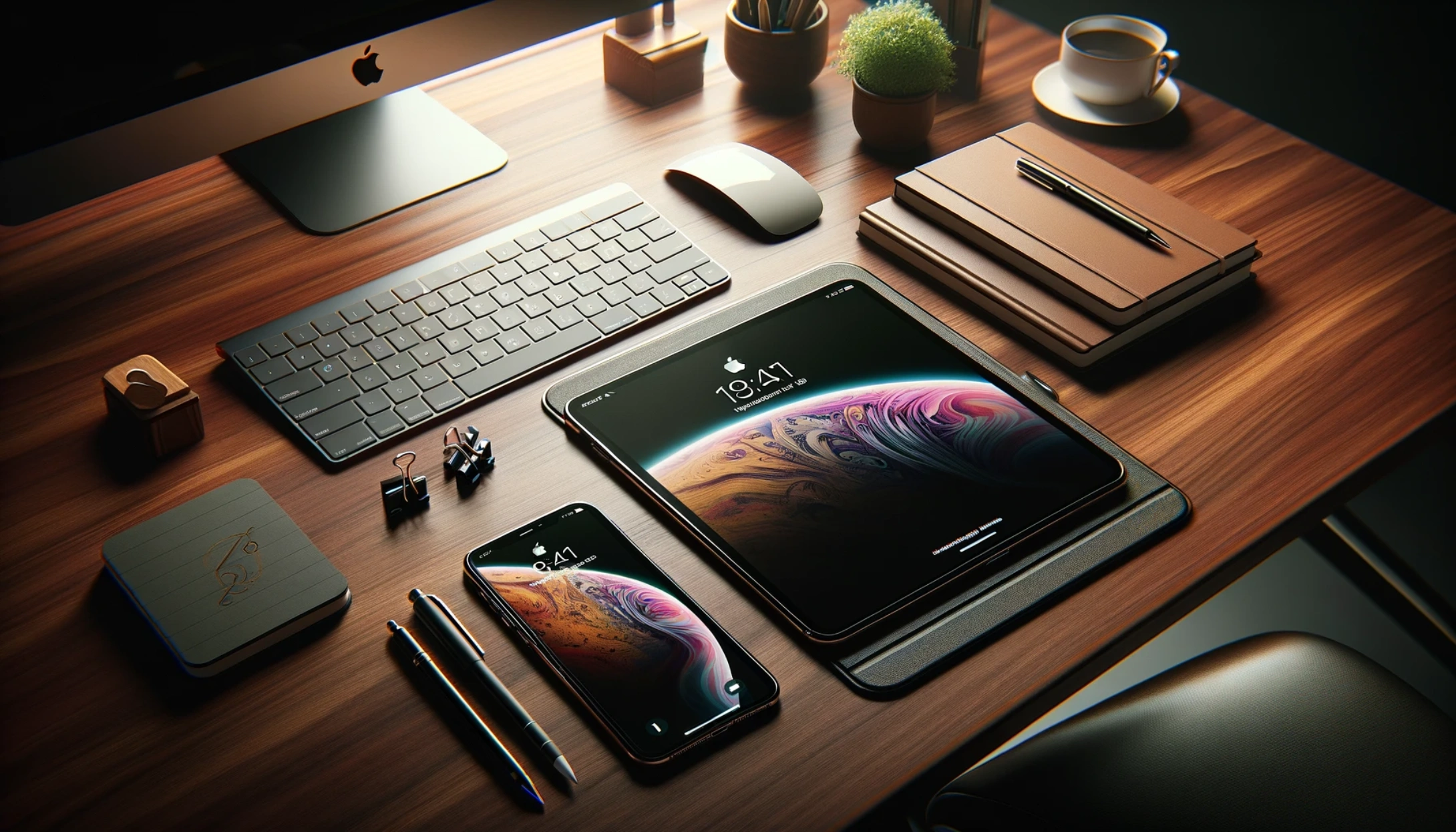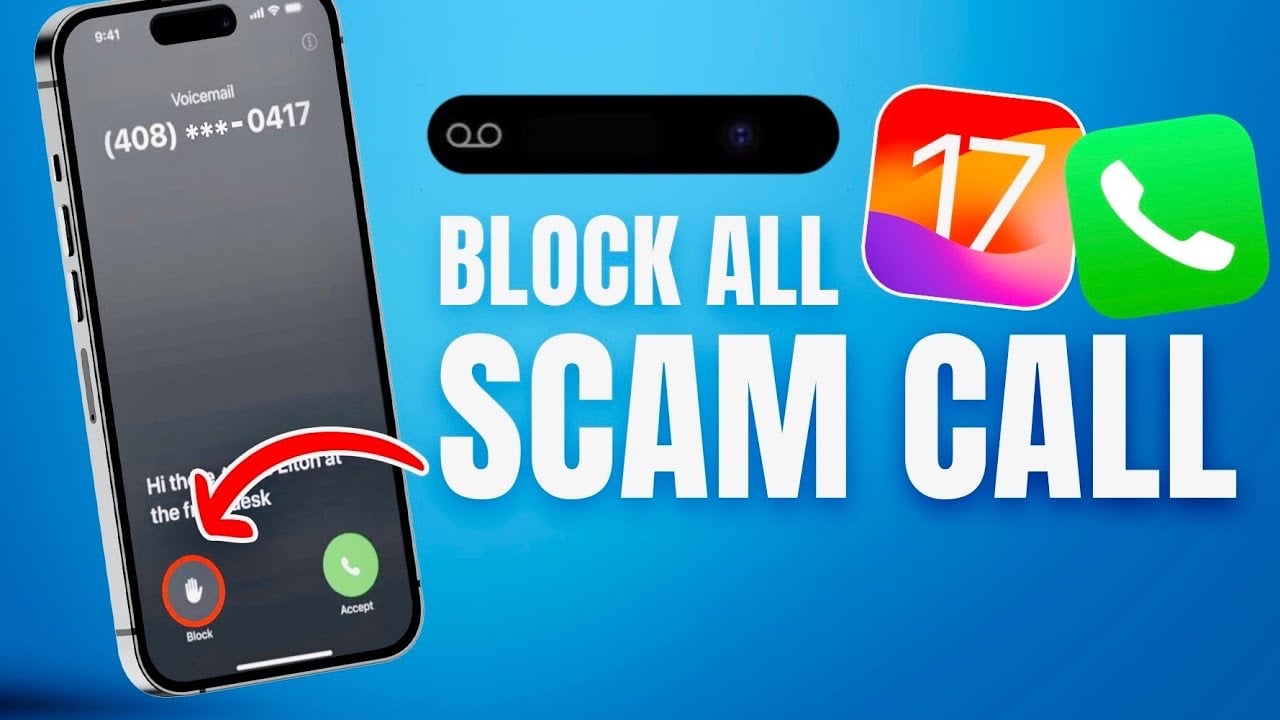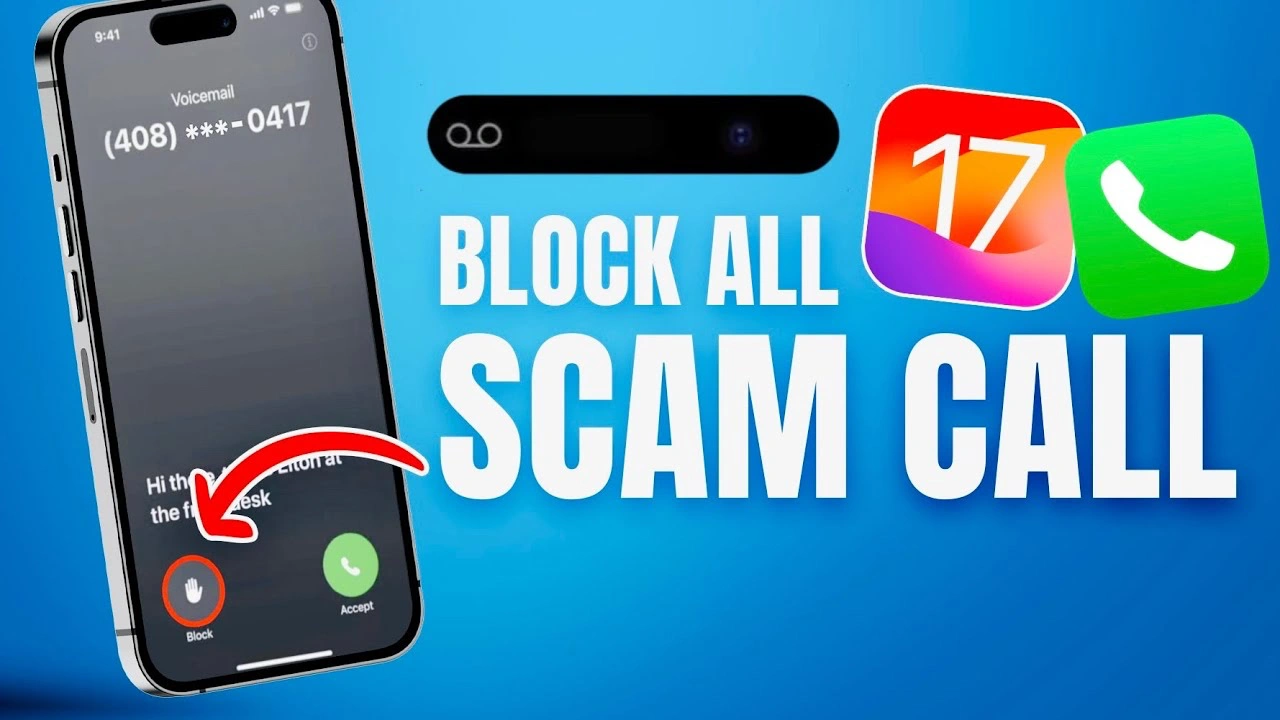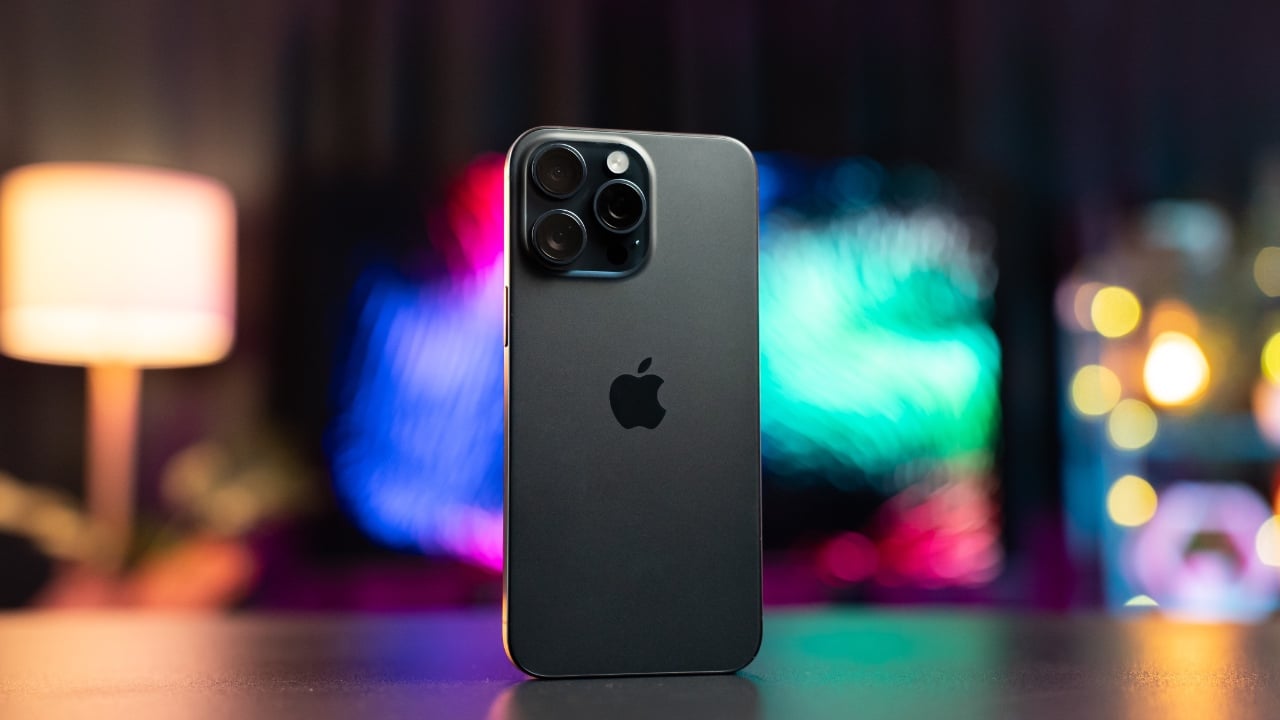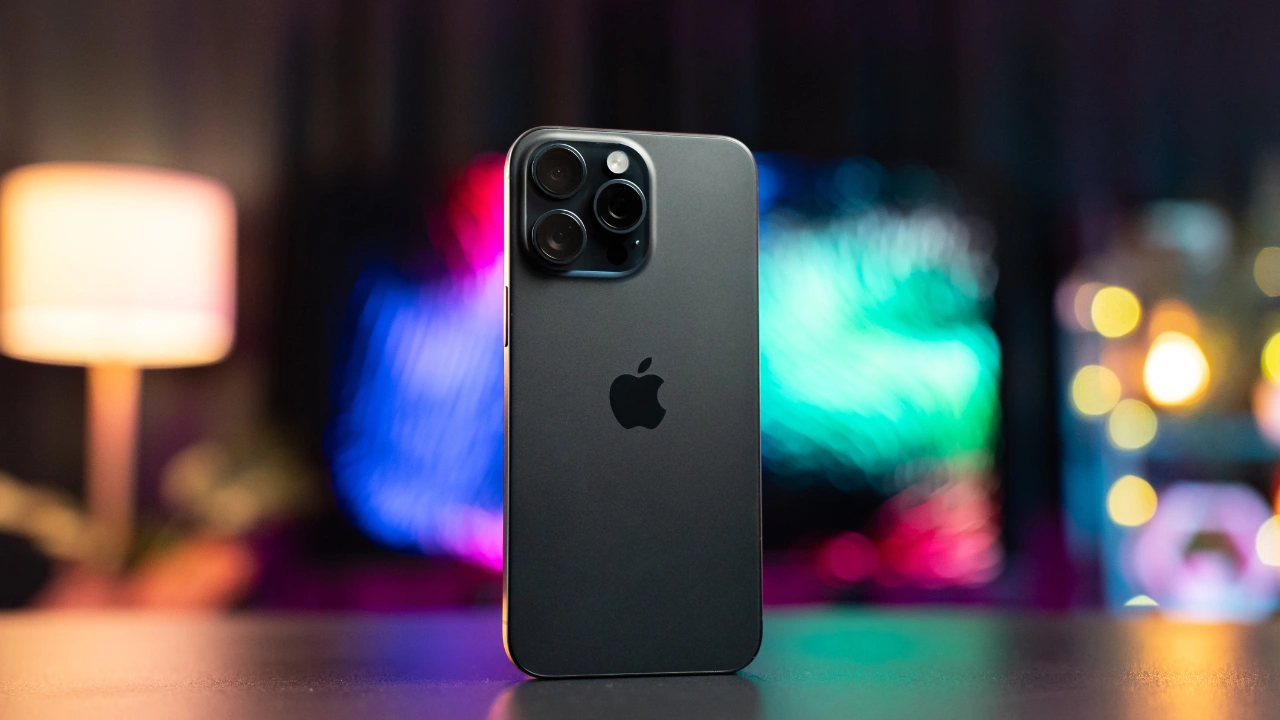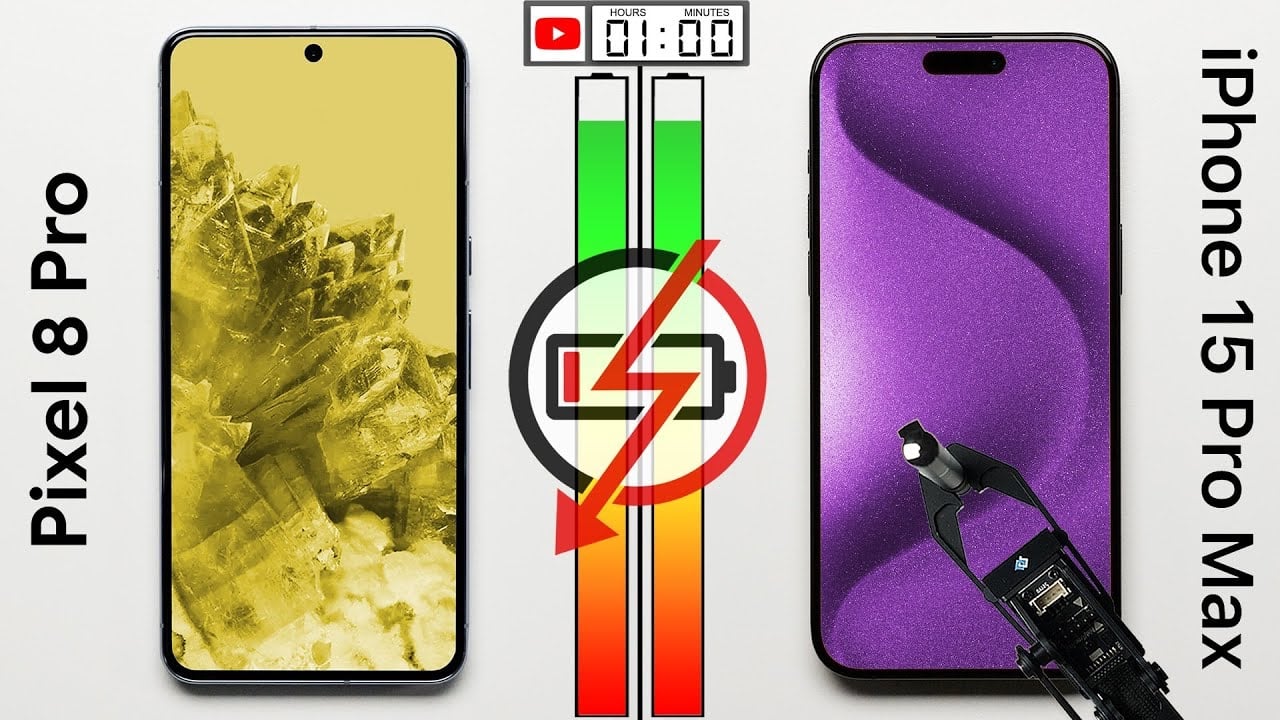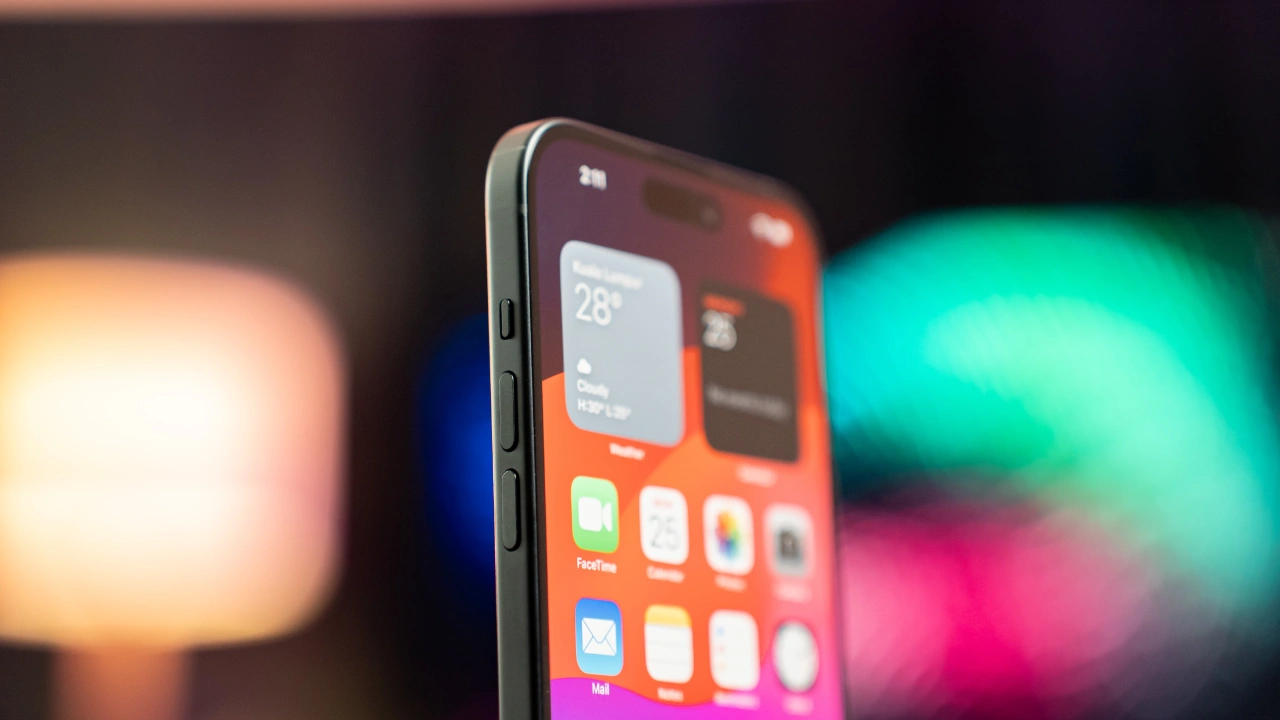
Duplicate contacts can be a frustrating nuisance on your iPhone. These redundant entries not only overcrowd your address book, leading to unnecessary clutter, but they also complicate the process of locating the correct contact information when it’s most needed. Moreover, these duplicates can create additional challenges, particularly when attempting to synchronize your contact list across multiple devices, potentially leading to confusion and errors in data management. Thankfully, there are several straightforward methods available to efficiently remove these duplicate contacts from your iPhone, thereby streamlining your contact list and enhancing your overall user experience.
Identifying Duplicate Contacts
- The first step to deleting duplicate contacts is to identify them. There are a few different ways to do this.
- Manually: You can manually review your contacts and identify duplicates. This can be time-consuming, but it’s the most accurate way to identify duplicates.
- Use the built-in duplicate detector: Your iPhone has a built-in duplicate detector that can help you identify potential duplicates. To use it, go to Settings > Contacts and tap Duplicates Found.
Use a third-party app: There are a number of third-party apps that can help you identify and delete duplicate contacts. These apps can be helpful if you have a large number of contacts.
Merging Duplicate Contacts
Once you’ve identified your duplicate contacts, you can merge them. There are a few different ways to do this as well.
- Use the built-in merge feature: Your iPhone has a built-in merge feature that you can use to merge duplicate contacts. To use it, go to Contacts and select the two contacts you want to merge. Tap Edit and then tap Link Contacts.
- Use a third-party app: If you’re using a third-party app to identify duplicate contacts, you may also be able to use it to merge them.
Deleting Duplicate Contacts
Once you’ve merged your duplicate contacts, you can delete the ones that are no longer needed. To do this, go to Contacts, select the contact you want to delete, and tap Delete.
Preventing Duplicate Contacts
There are a few things you can do to prevent duplicate contacts from being created in the first place.
- Make sure your contacts are up-to-date: Make sure your contacts are up-to-date by regularly syncing them with your iCloud account.
- Import contacts carefully: When importing contacts from another device or service, make sure you don’t import duplicates.
- Use a contact management app: A contact management app can help you keep your contacts organized and prevent duplicates from being created.
Additional Tips
- Here are a few additional tips for deleting duplicate contacts on your iPhone:
- Back up your contacts: Before you start deleting contacts, make sure you back them up. This way, you can restore them if you accidentally delete a contact.
- Be careful not to delete important contacts: When deleting duplicate contacts, be careful not to delete any important contacts.
- Use a trusted third-party app: If you’re using a third-party app to identify or delete duplicate contacts, make sure it’s a trusted app from a reputable developer.
Summary
Deleting duplicate contacts on your iPhone can be a tedious task, but it’s worth it to keep your address book clean and organized. By following the tips in this article, you can easily delete duplicate contacts and make your iPhone’s address book more user-friendly.
Image Credit: Amanz
Filed Under: Apple, Apple iPhone, Guides
Latest timeswonderful Deals
Disclosure: Some of our articles include affiliate links. If you buy something through one of these links, timeswonderful may earn an affiliate commission. Learn about our Disclosure Policy.

